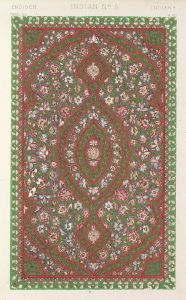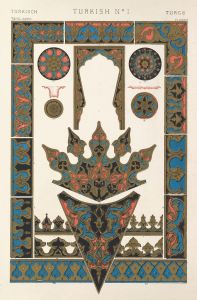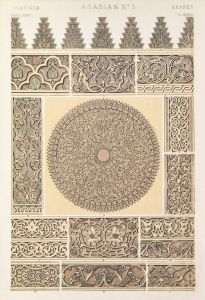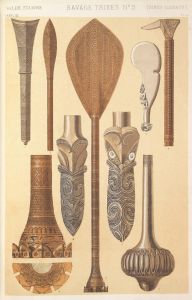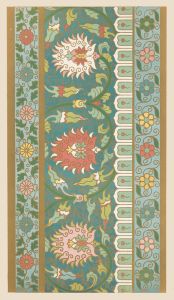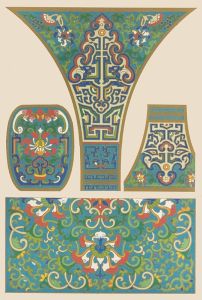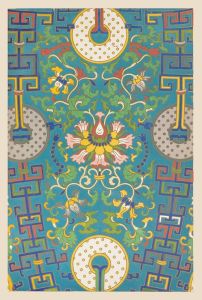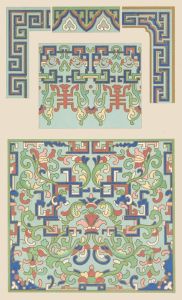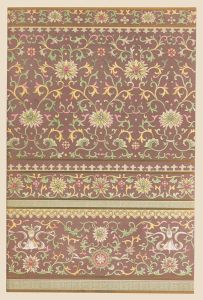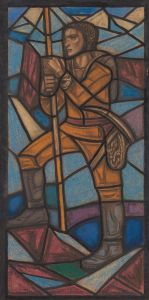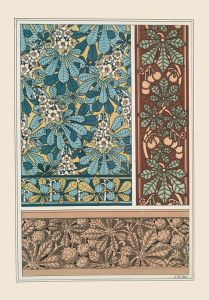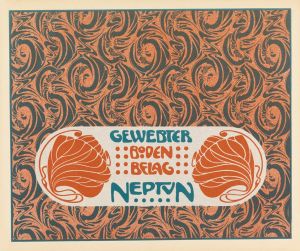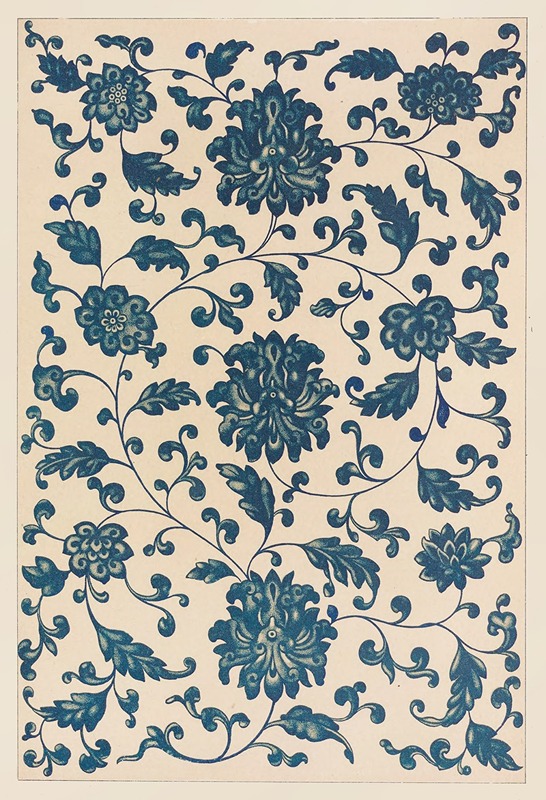
Examples of Chinese ornament, Pl.18
A hand-painted replica of Owen Jones’s masterpiece Examples of Chinese ornament, Pl.18, meticulously crafted by professional artists to capture the true essence of the original. Each piece is created with museum-quality canvas and rare mineral pigments, carefully painted by experienced artists with delicate brushstrokes and rich, layered colors to perfectly recreate the texture of the original artwork. Unlike machine-printed reproductions, this hand-painted version brings the painting to life, infused with the artist’s emotions and skill in every stroke. Whether for personal collection or home decoration, it instantly elevates the artistic atmosphere of any space.
"Examples of Chinese Ornament, Pl.18" is a plate from the influential design book "The Grammar of Ornament" by Owen Jones, first published in 1856. Owen Jones was a British architect and designer known for his theories on color, pattern, and ornamentation, which he applied to various design disciplines. His work was instrumental in shaping the design principles of the 19th century, particularly in the context of the Victorian era's fascination with historical and cultural motifs.
"The Grammar of Ornament" is a comprehensive collection of design patterns and motifs from various cultures around the world. It includes examples from Egyptian, Persian, Greek, Roman, Indian, and Chinese art, among others. The book was intended as a source of inspiration and guidance for designers and architects, promoting the idea that beauty in design could be achieved through the study and application of historical ornamentation.
Plate 18, specifically, focuses on Chinese ornamentation. Chinese art and design have a rich history characterized by intricate patterns, symbolic motifs, and vibrant colors. The Chinese section of Jones's book highlights these aspects, showcasing the elegance and complexity of Chinese decorative arts. The motifs often include elements from nature, such as flowers, birds, and mythical creatures, which are common in Chinese art and carry various symbolic meanings.
Jones's depiction of Chinese ornamentation reflects the Victorian era's interest in the exotic and the "Oriental." During this time, there was a growing fascination with Asian art and culture in Europe, partly due to increased trade and contact between the East and West. This interest was reflected in the incorporation of Asian motifs into Western art and design, a trend that Jones both documented and contributed to through his work.
The illustrations in "The Grammar of Ornament" were produced using chromolithography, a method of making multi-colored prints, which was a relatively new technology at the time. This allowed for the vibrant colors and intricate details of the original designs to be faithfully reproduced, making the book not only a valuable resource for designers but also a work of art in its own right.
Jones's work emphasized the importance of understanding the cultural and historical context of design elements. He believed that designers should study the principles underlying traditional patterns and motifs to create new works that were both innovative and respectful of their sources. This approach was part of a broader 19th-century movement towards historicism in art and architecture, which sought to revive and reinterpret historical styles.
"Examples of Chinese Ornament, Pl.18" thus serves as a testament to the enduring appeal and influence of Chinese art in the global design landscape. It reflects both the specific aesthetic qualities of Chinese ornamentation and the broader 19th-century European interest in incorporating diverse cultural elements into contemporary design. Through his work, Owen Jones contributed to a greater appreciation and understanding of the decorative arts across different cultures, fostering a dialogue between East and West that continues to inspire designers today.





